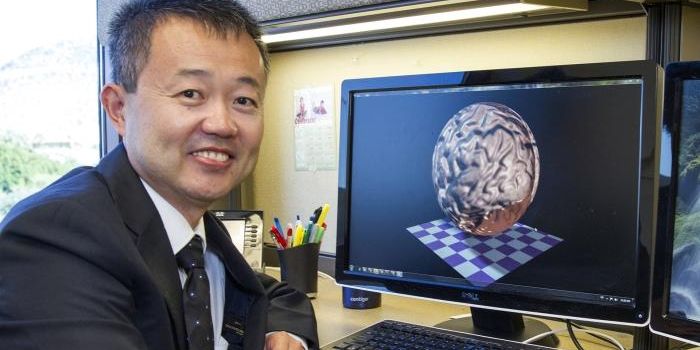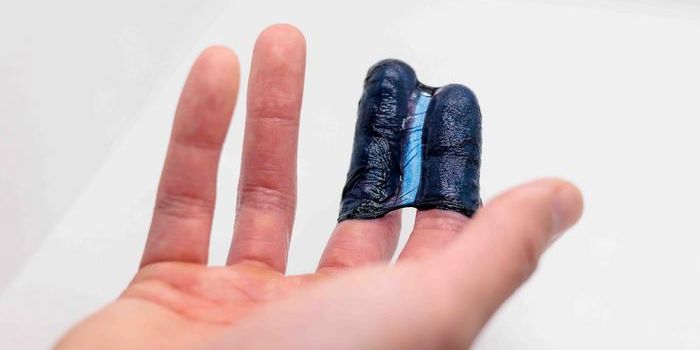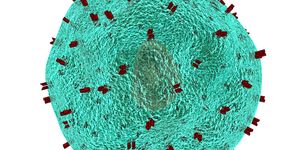A New Method Enables Unprecedented Insight Into Telomeres
Our genome is organized into chromosomes, which are shaped like little X's. Every time a cell divides, the genome has to be replicated, and there are protective caps called telomeres on the ends of chromosomes that get shorter with each round of cell division. As we age, the telomeres in a cell get shorter and shorter, until the cell has to stop dividing. But there is a lot we don't know about how telomere shortening may differ on different chromosomes, or even within the same chromosome.
Researchers have now created a technique called Telo-seq that aims to reveal more about telomere biology. Since the genetic sequences in telomeres are highly repetitive, they can be extremely difficult to accurately sequence, which is necessary to determine the exact length of a telomere. Now, Telo-seq can be used to reveal more about telomeres on individual chromosomes.
Reporting in Nature Communications, scientists showed that Telo-seq can sequence telomeres, starting with the end and moving into what is known as the subtelomere region. The structure and composition of individual telomeres on specific chromosomes was described in detail.
The researchers determined that each arm of a chromosome can be capped with telomeres of different lengths, and the rate at which each of these telomeres shortens also varies significantly. These changes were seen among similar and different cell types in the same person. The investigators suggested that the shortening rates may be variably affected by inflammation and stress. There could be factors that affect telomere dynamics in different ways, depending on the chromosome arm, and which may vary in aging and disease.
"Aging is an incredibly heterogeneous process that affects everyone differently," noted senior study author Jan Karlseder, a Professor and Chair at the Salk Institute. "We are very interested in whether differences in aging are related to different telomere shortening rates between people or chromosomes, and how we might be able to slow this down to promote healthy aging."
There are also diseases called telomeropathies, in which telomere length is abnormally shotened in stem cells, causing them to cease dividing. This can cause hair loss, immune diseases, and some types of cancer. Telo-seq can help scientists learn more about these diseases.
Telomeres that are abnormally long can also have detrimental effects. If telomere repair pathways are overactivated, cells could enter a state of 'immortality' in which they don't stop dividing, and cancer can arise.
"Telo-seq will allow us to answer questions about development, aging, stem cells, and cancer that we simply couldn't address with previous tools," added Karsleder. "We don't even know what we've been missing, and I think the things we're starting to learn now are really just the tip of the iceberg. It's a very exciting time for telomere science."
Sources: Salk Institute, Nature Communications









